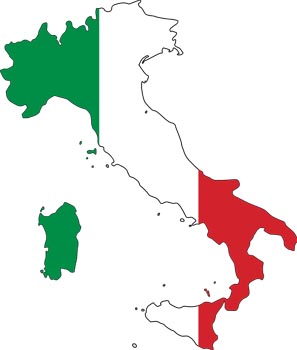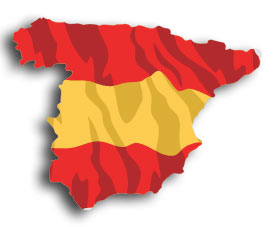There are 1.8 million more millionaires worldwide today than a year ago, according to a new study
The Credit Suisse Global Wealth Report 2013 finds that in Europe the number of new dollar millionaires grew last year by 287,000 in France, 221,000 in Germany, 127,000 in Italy, 100,000 in Sweden, 47,000 in Spain and 38,000 in Belgium.
Europe is home to 10.1 million adults with wealth between USD 1 million and USD 50 million, known in the jargon as High Net Worth Individuals.
The region now hosts 24,800 Ultra High Net Worth individuals, defined as those whose net worth exceeds USD 50 million.
Europe has 305 billionaires.
According to the report, commenting on global trends:
‘…wealth has been growing faster in the top strata of the wealth pyramid since at least the year 2000, and that this trend is continuing. For instance, total global wealth grew by 4.9% from mid-2012 to mid-2013, but the number of millionaires in the world grew by 6.1% during the same period, and the number of UHNW individuals rose by more than 10%. It therefore appears that the world economy remains conducive to the acquisition and preservation of large and medium- sized fortunes.’
Indeed, by 2018 Eurozone wealth will rise by more than 29%. But at the top of the pyramid, wealth will be accumulated rather faster. In five years time, Europe will have 15 million more millionaires, a rise of 47%. The number of millionaires in France will increase by 46% in France, to 3,224,000, by 55% in the UK to 2,377,000 and by 46% to 2,537,000 in Germany.
Find out more about the disgustingly wealthy in the Credit Suisse Global Wealth Report 2013
Find out how millions are faring at the other end of the scale
Note: Net worth or “wealth” is defined by Credit Suisse as the value of financial assets plus real assets (principally housing) owned by households, less their debts. This corresponds to the balance sheet that a household might draw up, listing the items which are owned and their net value if sold. Personal pension fund assets are included in principle, but not entitlements to state pensions. Human capital is excluded altogether, along with assets and debts owned by the state (which cannot easily be assigned to individuals).
























Discussion
No comments yet.